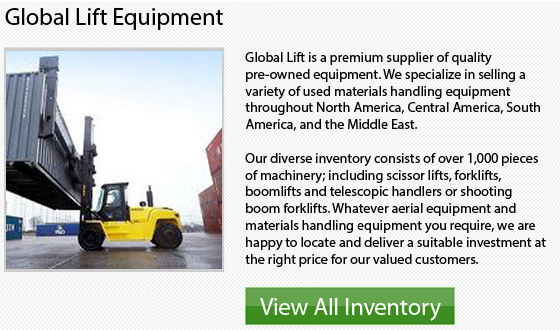
Electric Forklift Specs
Forklifts are utilized for carrying and lifting loads in job locations such as construction and warehousing. Lift trucks come in various classes which use different kinds of fuel. The electric forklift is becoming very common in a wide range of industries. They are powered by rechargeable lead-acid batteries that are more powerful and bigger than car batteries. Within this broad category of electric forklift, there are various sub-types distinguished by several common specifications.
Load Capacity
Load capacity refers to the amount of weight that a particular kind of lift truck could support.
Stroke
The vertical lift travel of the lift truck is the stroke. It describes the total difference between the fully-loaded and fully-raised positions of the particular forklift.
Classes
In order to organize the features of the different models, classes of forklifts have been categorized into eight classes. Classes I, II, and III pertain to electric lift trucks. Class I lift trucks include electric motor trucks designed to be ridden by the operator while in operation. Class II electric lift trucks are manufactured for efficiency in narrow aisle environments and are recommended for stocking and pulling products inside a warehouse. Class III electric lift trucks are motor-powered hand trucks that are operated by a person who walks behind the unit.
Battery Specifications
The battery specifications help to give the needed information pertaining to its performance. On the lift truck is a plate which identifies the volts put out from the battery. The battery weight will often be specified on the lift truck too, as that information is needed to know the amount of weight the forklift should support. Usually the information also includes the forklift weight without the battery.
Input
Input refers to the amount of energy input that the lift truck's battery is made to accept while charging. This is an important condition. For example, an electric forklift may be able to accept either 460 or 230 volts at a time.